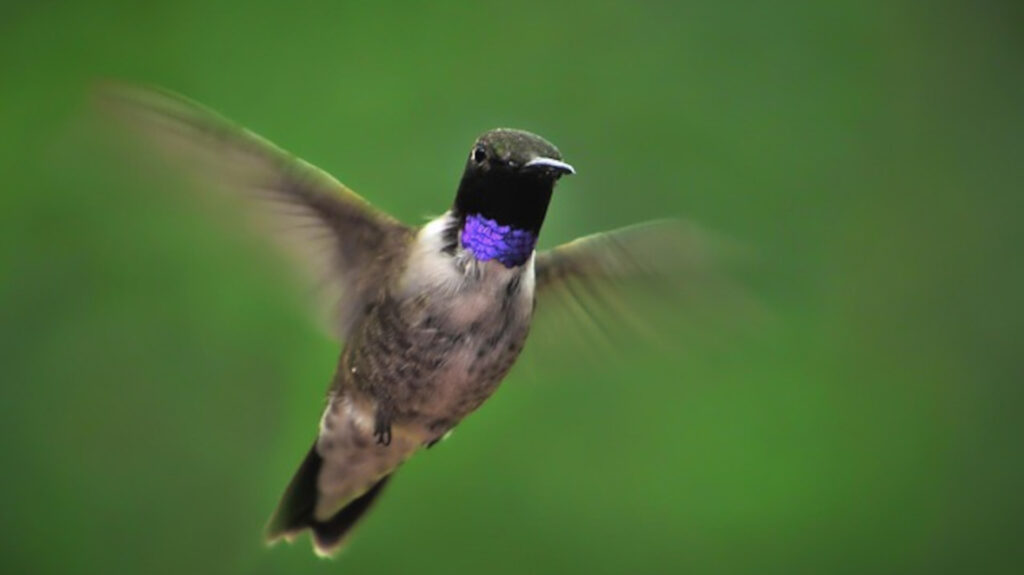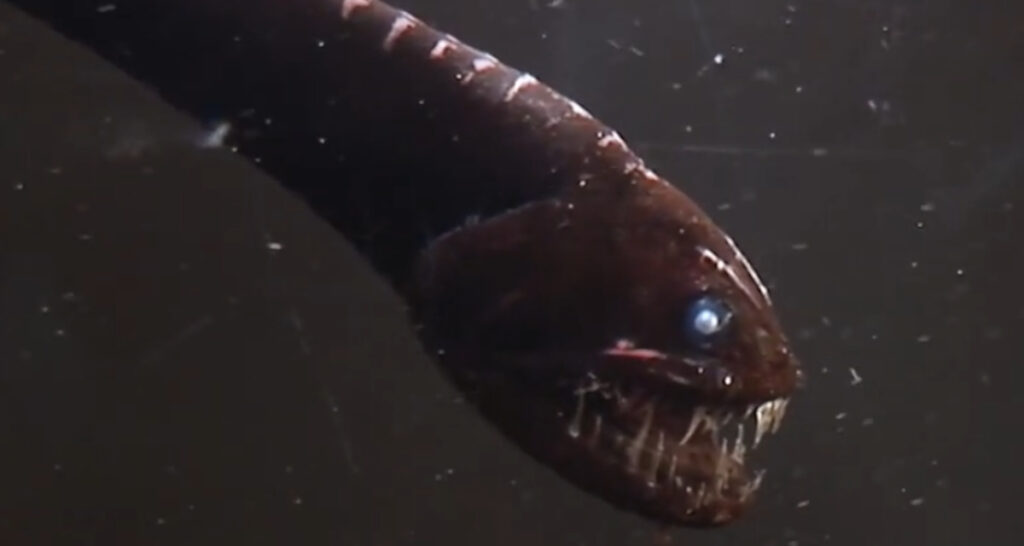Now Reading: Why Do Oarfish Swim Vertically? Unraveling the Secrets of the Deep Sea’s Ribbon-like Giant
-
01
Why Do Oarfish Swim Vertically? Unraveling the Secrets of the Deep Sea’s Ribbon-like Giant
Why Do Oarfish Swim Vertically? Unraveling the Secrets of the Deep Sea’s Ribbon-like Giant

In the mesopelagic twilight of the ocean, a ghostly ribbon undulates with almost mythic grace. It is the oarfish—long misunderstood, rarely seen, and still yielding secrets. Among its many curiosities is one particularly puzzling behavior: its vertical posture. But why would a creature swim upright in the vast, horizontal expanse of the sea?
Meet the Oarfish: Elusive Leviathan of the Deep
The oarfish (Regalecus glesne), sometimes called the “king of herrings,” is one of the ocean’s most extraordinary creatures. Growing up to 11 meters (36 feet) in length, it holds the title of the world’s longest bony fish. Despite its size and almost mythological reputation—many believe it inspired ancient sea serpent legends—it is remarkably elusive, residing deep within the ocean’s midwater zone, typically between 200 and 1,000 meters deep.
For centuries, much about the oarfish remained a mystery. It wasn’t until recent decades—thanks to deep-sea submersibles, remotely operated vehicles (ROVs), and chance shallow-water sightings—that scientists began to observe this species in its natural habitat. One of the most fascinating revelations? The oarfish often swims vertically.
The Vertical Posture: Observed but Not Fully Understood
When observed in the wild by submersibles, oarfish frequently maintain a head-up, tail-down orientation, drifting slowly in the water column. This is a stark contrast to the horizontal swimming we associate with most fish.
This vertical posture raised questions: Is this a sign of distress? A strange quirk of an already bizarre species? Or a purposeful evolutionary adaptation? Mounting evidence suggests it’s the latter.
A Predator in the Shadows: Vertical Swimming as a Hunting Strategy
Oarfish are believed to feed on zooplankton, krill, jellyfish, and other soft-bodied invertebrates. In the dim twilight zone where they live, visibility is limited. Prey animals are often silhouetted against the faint, downward-scattered light from the surface.
By orienting themselves vertically and facing upward, oarfish can use their large eyes to look for movement or light contrasts above them. This would give them a visual advantage, allowing them to detect prey with minimal motion—perfect for ambush feeding in a zone where energy must be conserved.
Moreover, this posture might help them move through plankton-rich layers more efficiently. Drifting slowly upward in a vertical line through the prey field may allow more precise targeting than horizontal swimming.
Disappearing in Plain Sight: Camouflage in the Water Column
Camouflage in the ocean is not just about color; it’s about shape and orientation.
The oarfish’s long, narrow body is ideal for minimizing its silhouette when viewed from below. In vertical posture, it appears as nothing more than a thin sliver of motionless tissue—almost invisible in the vertical shafts of light penetrating the ocean’s depths.
For deep-sea animals, avoiding detection is as crucial as finding food. The vertical stance, combined with their silvery, reflective skin and ribbon-like profile, makes oarfish difficult for predators to detect—especially from the more dangerous lower and side angles.
Energy Efficiency: Saving Strength in a Resource-Limited World
In the deep ocean, food is scarce, and energy conservation is key to survival.
Oarfish are neutrally buoyant, meaning they can suspend themselves in the water without actively swimming. Their long dorsal fin—running the entire length of their body—can undulate slowly to allow for precise vertical maneuvering with very little energy expenditure.
Swimming vertically, especially with little or no horizontal movement, could be a form of passive hovering that allows the oarfish to scan its environment or await prey while conserving precious calories.
A Better View: Sensory Optimization in the Twilight Zone
The vertical position may also enhance the oarfish’s sensory range. With eyes oriented upward, it may be able to scan a wider swath of the water column above. This is particularly advantageous in the mesopelagic zone, where even a faint silhouette can be enough to reveal potential prey—or a looming threat.
It’s worth noting that some other deep-sea animals, such as certain species of squid and jellyfish, also orient vertically for similar reasons—highlighting how the oarfish’s behavior is part of a broader deep-sea survival strategy.
Signals and Secrets: Could Vertical Swimming Be Social or Reproductive?
One less-understood possibility is that vertical orientation may play a role in social or reproductive signaling. Because so little is known about oarfish mating behaviors, scientists haven’t ruled out the idea that their vertical posture may communicate readiness to mate or serve some ritualistic function during courtship.
Some fish, like seahorses or cuttlefish, display vertical postures during mating dances or territory displays. Could the oarfish be doing something similar, but deep beneath the waves, where few eyes can see?
Still Swimming Through Mystery
Even with modern technology, the oarfish remains one of the ocean’s most enigmatic inhabitants. Its vertical swimming behavior may seem alien to us, but in the deep sea, it’s a clever, multi-purpose adaptation—perfectly suited to a slow, stealthy, and efficient existence.
As we continue to explore the ocean’s depths, the oarfish serves as a reminder: evolution in the deep sea follows rules we are only beginning to understand. And sometimes, to thrive in a horizontal world, it helps to swim upright.





























